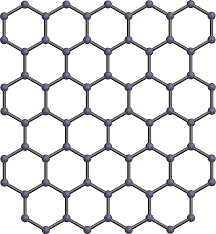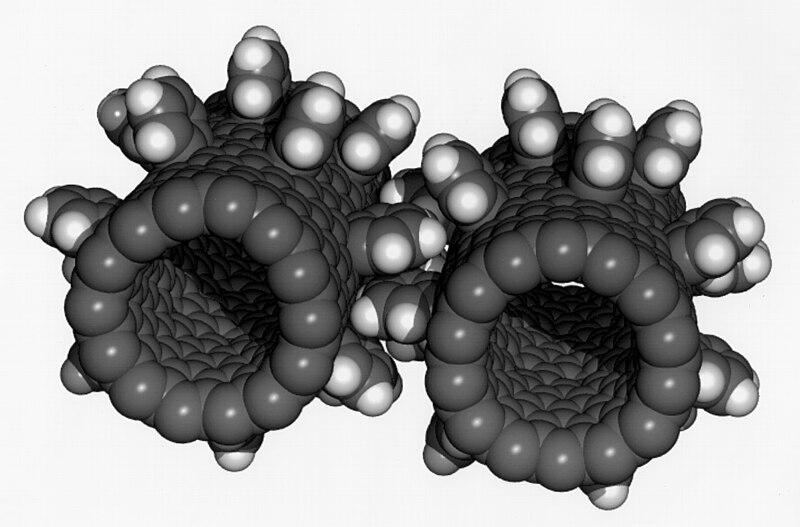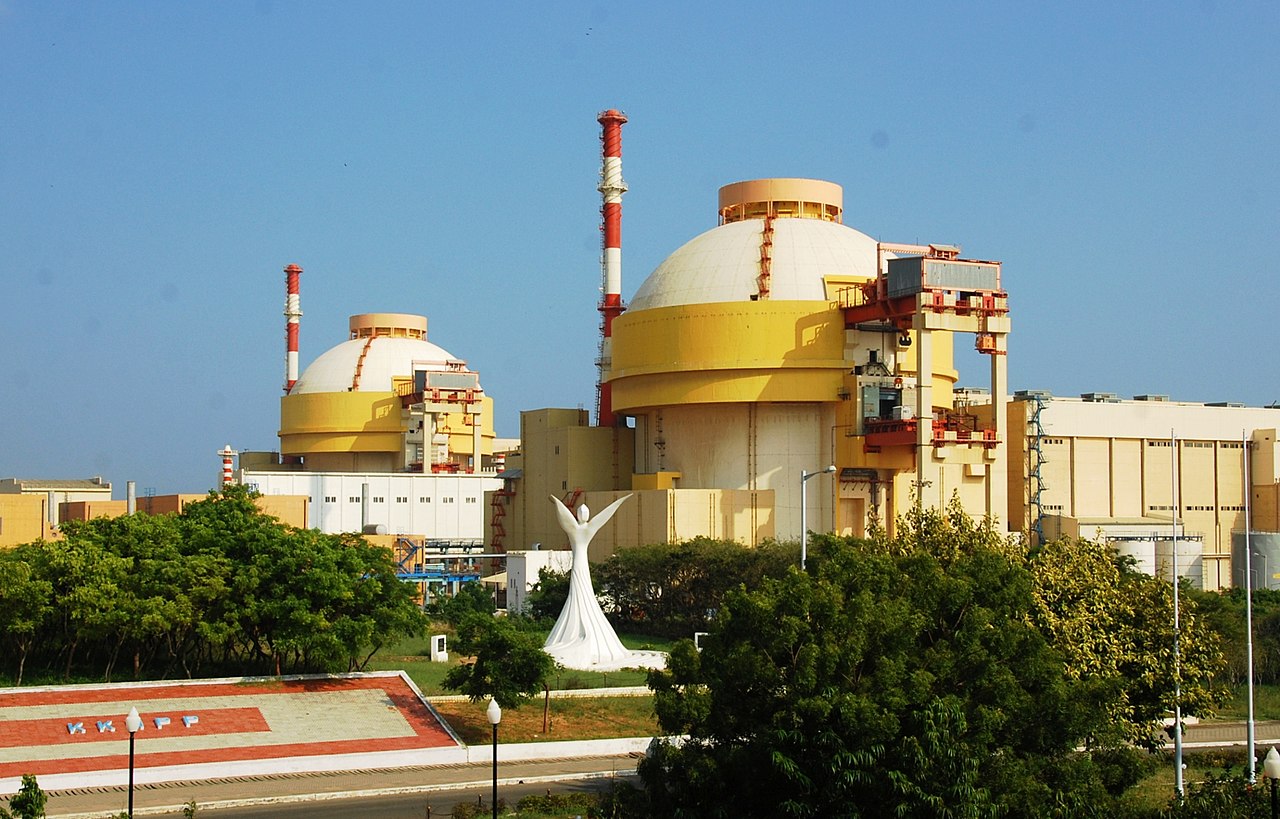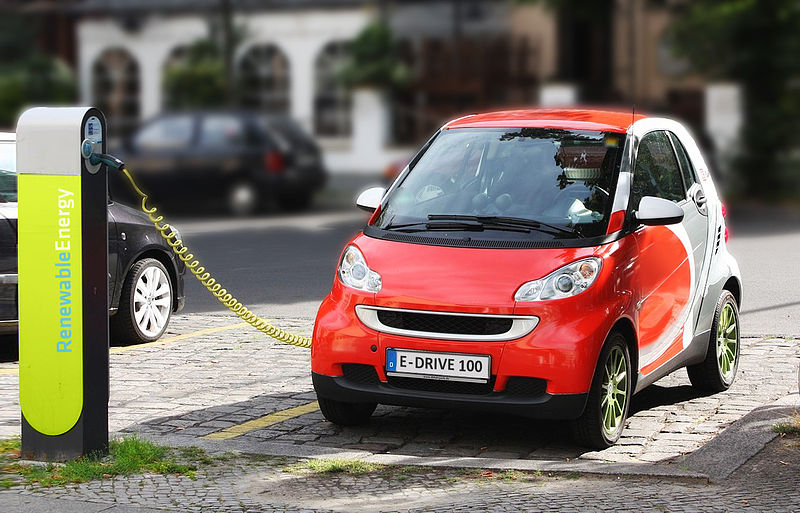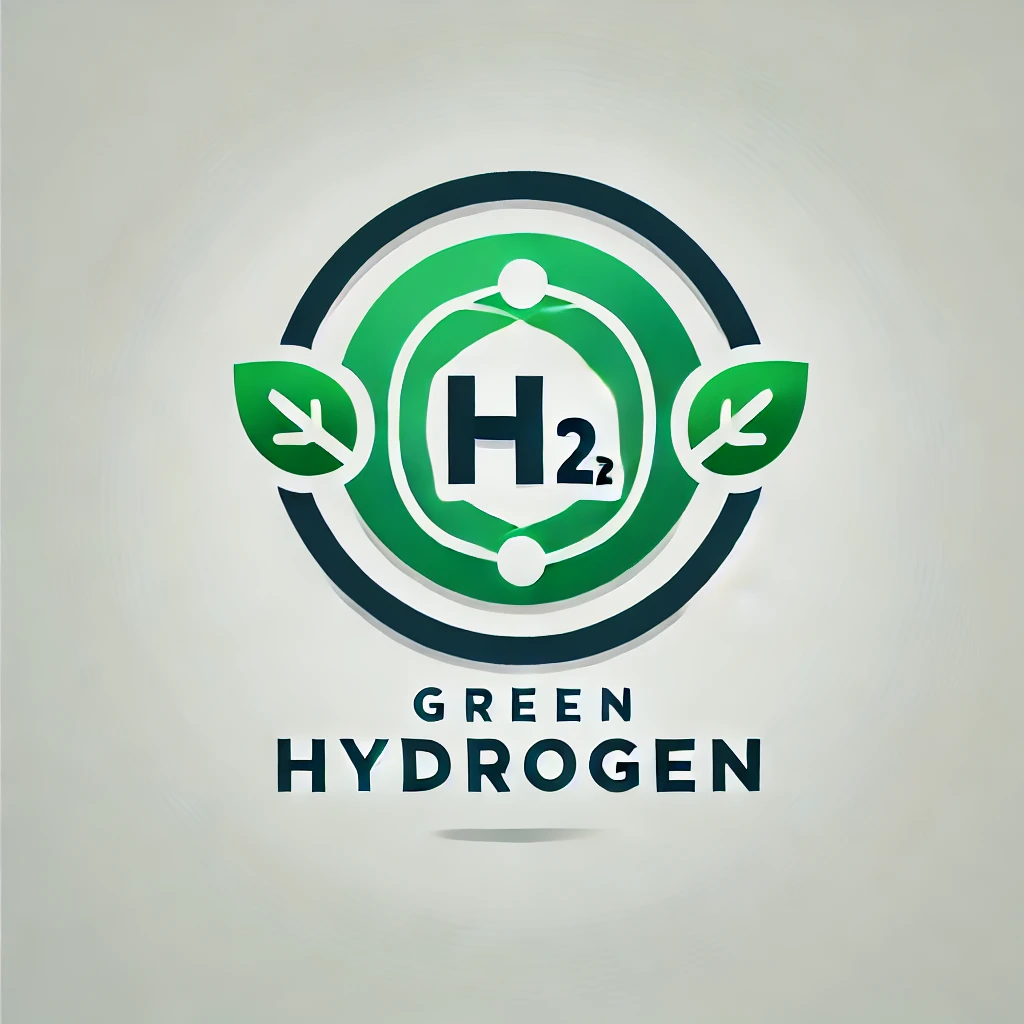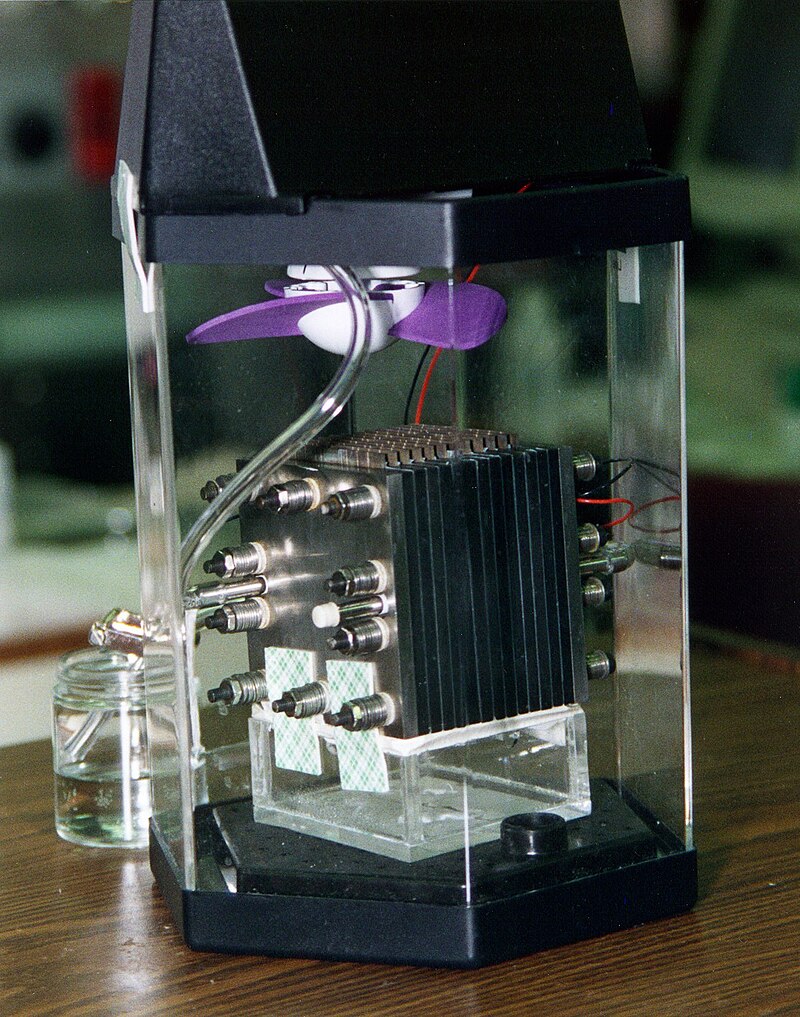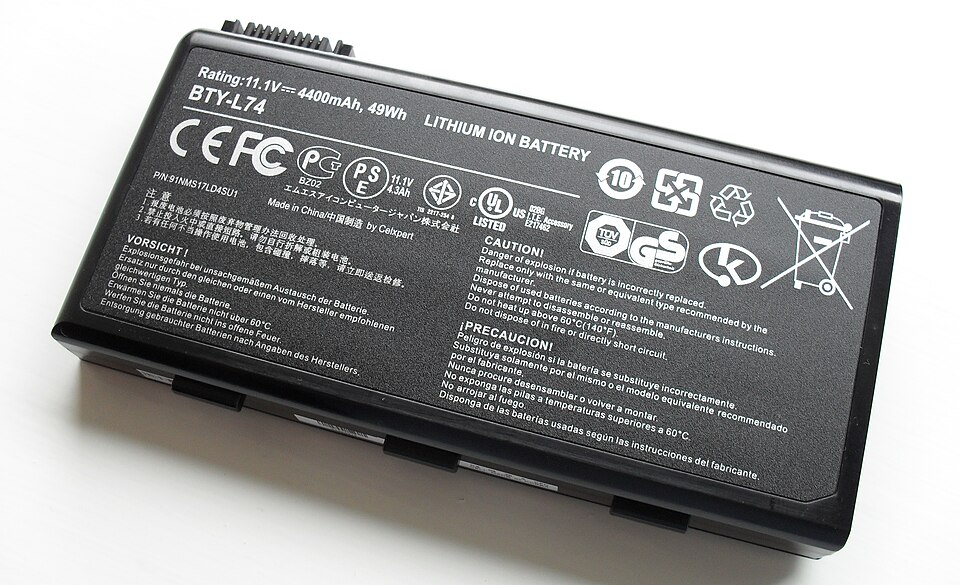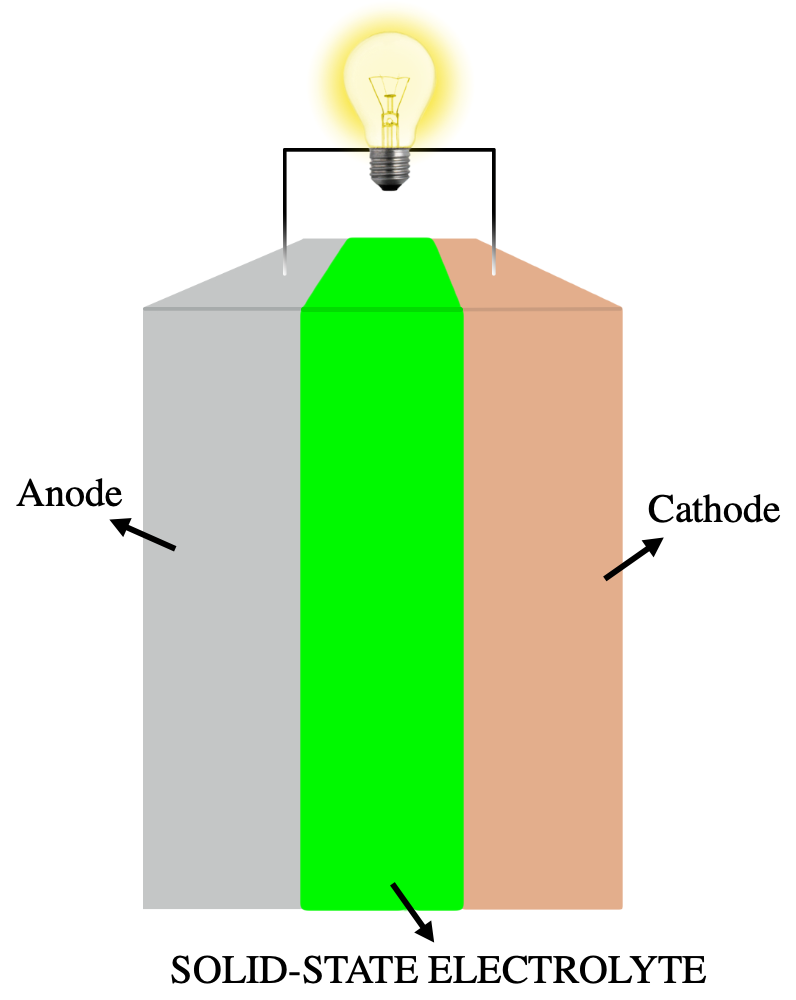General Studies 3
Nanotechnology: Graphene
What is it? Graphene is a one-atom-thick sheet of carbon atoms arranged in a honeycomb-like pattern. Graphene is considered to be the world’s thinnest, strongest, and most conductive material – of both electricity and heat. Application In the electronics industry, … Continue reading
Nanotechnology: Types and Uses
Types Descending (top-down): Mechanisms and structures are miniaturized at the nanometric scale — from one to 100 nanometres in size —. It is the most frequent to date, especially in electronics. Ascending (bottom-up): Start with a nanometric structure — a … Continue reading
Nanotechnology: Definition and Generation
Definition Nanotechnology is science and engineering at the scale of atoms and molecules. It is the manipulation and use of materials and devices so tiny that nothing can be built any smaller. Generation of Nanotechnology
Energy: Small Nuclear Modular Reactors (SMRs)
What is it? SMRs are compact nuclear reactors with a maximum capacity of 300MW, designed to complement conventional Nuclear Power Plants (NPPs). Advantages SMR features enhance safety measures, simpler design, and passive safety features, reducing the potential for uncontrolled radioactive … Continue reading
Energy: Electric Vehicles
What is it? An EV is defined as a vehicle that can be powered by an electric motor that draws electricity from a battery and is capable of being charged from an external source. Advantages Electric Vehicles are more environment … Continue reading
Energy: Sustainable Aviation Fuel (SAF)
What is it? Sustainable Aviation Fuel (SAF) is a type of aviation fuel that is produced from renewable sources, unlike traditional fossil-based jet fuels. Source It can be derived from various feedstocks, such as plant oils, agricultural waste, forestry residues, … Continue reading
Energy: Green Hydrogen
What is it? Hydrogen, made by splitting water with an electrical process called electrolysis, can be used as a fuel. If the devices that do that, electrolyzers, are powered by renewable energy, the product is called green hydrogen. It is … Continue reading
Energy: Hydrogen Fuel Cell
Basics Hydrogen Fuel Cells produce electricity directly from Hydrogen and Oxygen gases, along with pure water and heat. It is an electric generator that works on electrochemical principles, as in batteries, against conventional generators’ combustion reactions. The ability to produce … Continue reading
Energy: Lithium-ion Battery
What is it? A lithium-ion battery or Li-ion battery is a type of rechargeable battery. Li-ion batteries use an intercalated (Intercalation is the reversible inclusion or insertion of a molecule into materials with layered structures) lithium compound as one electrode … Continue reading
Energy: Solid-State Batteries
What is it? Definition: These batteries use solid electrodes and a solid electrolyte, instead of the liquid or polymer gel electrolytes found in lithium-ion or lithium polymer batteries. Components Anode: Typically made of lithium metal or other high-capacity materials such … Continue reading

